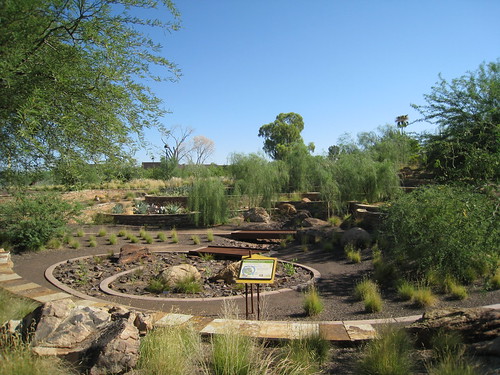When it comes to your outdoor space, regardless if it is a small patio, an expansive lawn or a midsize garden, it’s not enough that you just outfit it with furniture, plants, structures and paths. Equally important is to integrate lights to the landscape.
There are some good reasons why you should do such improvement. First, outdoor lighting ensures footing at night by giving you and your visitors the ability to see where you’re headed to–on a winding path, down a flight of stairs, from the gate to the front door–thereby keeping you from physical injury. Second, it gives an added layer of security by deterring trespassers or intruders from breaking into your home. Third, it can make your outdoor space sparkle at night and take on a different aesthetic, making it more inviting to stay in. With all these benefits, it is only fitting to have lights installed in your outdoor space. Below are some useful tips you can follow to successfully add lights to your landscape.
Think variety
To make your outdoor space come alive at night, a combination of two or more types of light should be used. For instance, bright, standard lights can be used to illumine posts around your garden and can also help repel intruders since they emit a strong light. Low-voltage lights, on the other hand, can be used on walkways and the main seating area as they cast a mellow light that is not too glaring for entertaining guests and traversing a path.
Add dynamism
A good lighting design for the outdoor space should be dynamic. And this can be achieved by not lighting all the areas equally. That is, think of the important zones in your garden that you need to see first, then second. Prioritize your lighting levels according to the function of the area. This will not only help make the space appear more lively, it is also a good way to efficiently use lights.
Try colors
When it comes to outdoor lighting that doesn’t mean you have to settle with the conventional fixtures that cast either white or yellow light. To further enhance the night time beauty of your garden, try using colored lights sparingly. For instance, you can use them to emphasize the shape of a shrub, tree or bed of flowers by installing the colored lights at a fence or a wall from close behind the plants. It won’t be difficult to find such fixtures as they are popular these days. Most of them even come in energy-efficient models, allowing you to save on your electricity bills.
Don’t forget safety
Unless you would be using solar powered lights, you’ll need a convenient power supply to hook the lights into. In such case, don’t take the risk of installing special waterproof outdoor sockets on your own. Instead, hire a qualified electrician to do the job for you. You may also ask the electrician to cover power cables with armored ducting to avoid accidents. If a transformer will be used to run low-voltage lights, house it in a waterproof casing or bring it inside the house so as not to expose it to water or moist.
This advice was provided by Robert for www.steelbuildingsuk.co.uk. Robert has been writing good content for those seeking practical tips and advice for gardening, lawn care, and other home improvement-related subjects. Follow Robert and learn more from his works.

